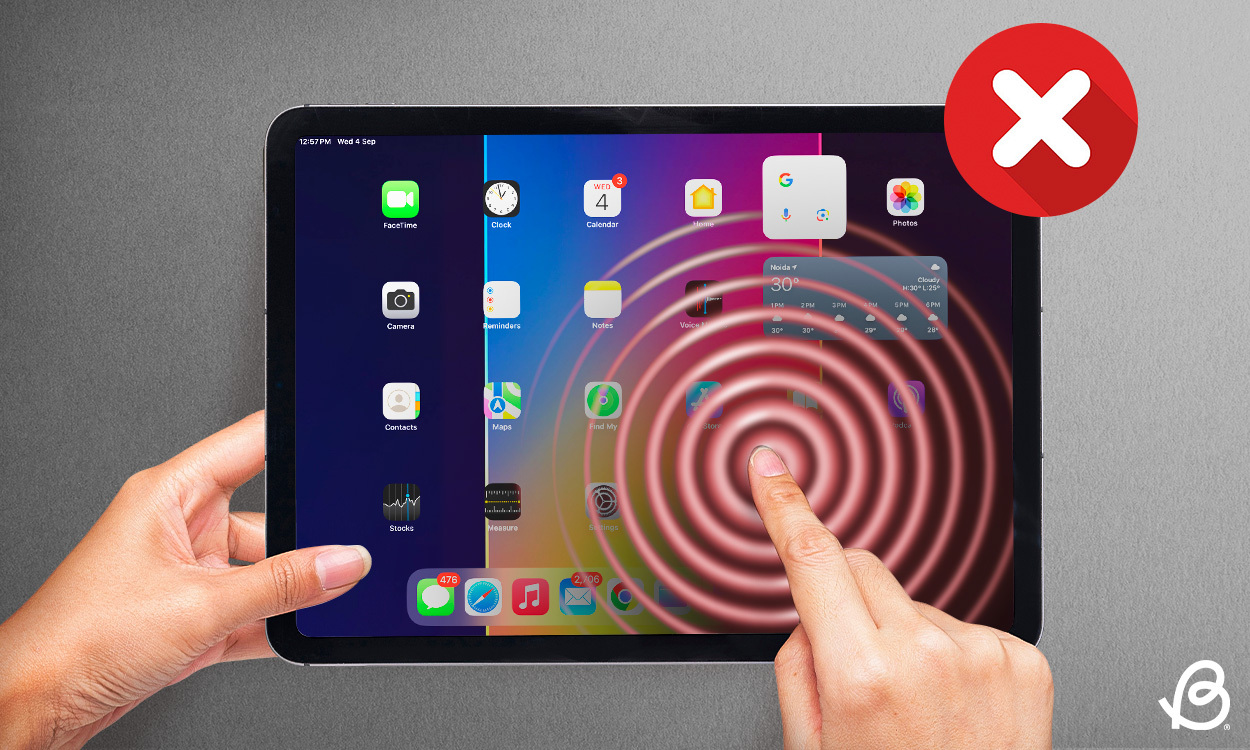There can be many instances when your iPad touchscreen stops working and you don’t know what to do. Well, it can be very frustrating when you are busy with some work or trying your best to entertain your kid. It can be due to software, hardware or other problems. However, you don’t have to worry much as you can fix this problem at your end. We have listed 10 tried and tested ways to fix iPad touchscreen not working issue. No problem Which iPad model are you usingThe methods below will definitely come in handy. Here you go!
Method 1: Clear the screen
When your iPad touchscreen is not working, the first thing you should do is make sure the screen is clean and dry. Dirt, dust, and other debris not only make the screen look ugly, but can also cause your iPad screen to stop responding to touch. So, if there is dirt, grime, oil, or water on the screen, your iPad may not respond to touch. To fix this, you need to wipe the display with a clean microfiber cloth.
Also, make sure your hands are clean and dry when you're using your iPad. If you're wearing gloves, don't forget to take them off.
Method 2: Force restart your iPad
One of the best ways to fix an unresponsive touch screen on your iPad is to perform a force restart. When the touchscreen is not working, you can't swipe on the power slider to restart your iPad normally. This is where a force restart comes in handy. It can force your iPad to shut down when the touchscreen is not working. Honestly, a force restart is a savior in situations when your iPad screen is frozen or not responding.
Here's how to restart an iPad without a Home button:
- Press and release the Volume button closest to the Power button.
- Immediately after, press and release the Volume button farthest from the Power button.
- Finally, press and hold the Power button until the Apple logo appears.
For an iPad with a Home button, follow the steps below:
- hold on Power button and Home button At the same time.
- Release both buttons when the Apple logo appears on the screen.

Method 3: Remove the screen protector
Many users have a habit of applying a screen protector on their iPad, which is good because it protects the display from any scratches and falls. However, if the screen protector is damaged, cracked, or peeling from the edges, it can trigger touchscreen problems on your iPad. Try removing the screen protector and check if that fixes your problem.
Method 4: Avoid extreme temperatures
Extreme temperatures can cause the iPad or any other device to not work as expected. In fact, if the temperature reaches beyond the optimal range (32 to 95 degrees Fahrenheit), your iPad may display a warning. Extreme temperatures can force your iPad to display a completely black screen, and you may find that your iPad can display a completely black screen. iPad won’t turn on, When this happens, you won't be able to use your iPad until it cools down. You need to unplug the charger (if connected), move your iPad to a cool place, and give it some time to come to normal temperature.
Here are some tips to keep your iPad from overheating:
- Don't leave your iPad in the car all afternoon.
- If you're using your iPad a lot, let it rest between uses.
- While playing heavy games or watching videos online, prefer using Wi-Fi instead of mobile data.
- Keep your iPad out of direct sunlight.
- Don't use your iPad while it is charging.
Method 5: Check the iPad charger
If your iPad touchscreen doesn't work while charging, you should unplug the charger and inspect it thoroughly. In some cases, Faulty or incompatible charger The iPad may be responsible for touchscreen problems. This is quite common if you recently bought a new charger from a third party or are using a very old charger. Disconnect the charger or any other wired accessory from your iPad, and if the touchscreen starts working, it's obvious that your charger or accessory is at fault. You must replace them with official or MFi-certified ones.
Method 6: Try the touch adjustment function
You can also enable Touch Accommodations to fix erratic touchscreen on your iPad. This is a built-in iPadOS feature that lets you adjust certain settings to adjust how the screen will respond to taps, swipes, and other gestures. It is specifically designed for situations when you are having trouble using the touch screen. So, make sure you don’t skip this step.
Here's how to enable Touch Accommodations on the iPad:
- Open Settings Open the app on your iPad and select access.
- Now, tap on touch Below physical and motor Section.
- tap here Touch Housing and turn on Touch Housing Toggle.
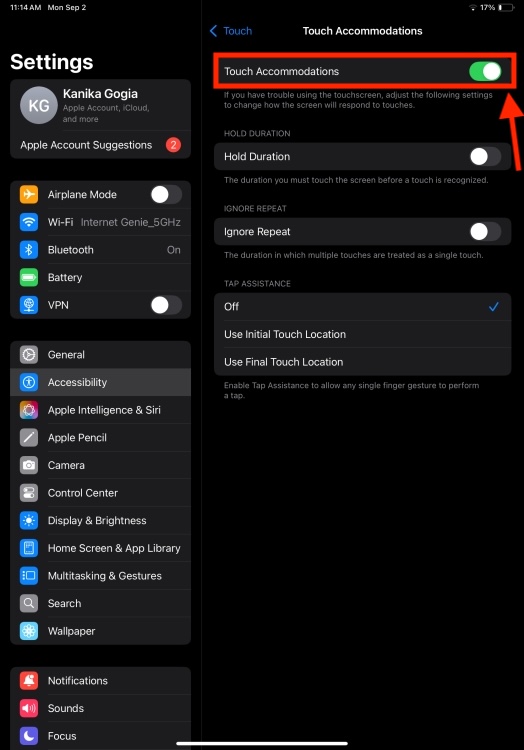
- Below, you'll find some settings you can adjust to make your iPad respond better to touch. You can change them to your liking.
Method 7: Uninstall misbehaving apps
If you're using a certain app and your iPad screen isn't responding to touch, there's probably something wrong with that app, not your iPad. In such cases, we recommend doing the following:
- First of all, you should try to update the app. For this, go to the App Store and search for the app. If you see the update option, tap on it. Now open the app and see if it is working properly or not.
- If no updates are available or the app doesn't work after updating, you may need to uninstall and reinstall the app.
- If the app is still causing the same issue, then it’s best that you delete that app immediately.
Method 8: Free up storage
If you often face the iPad touch screen not working issue, you should free up some storage. iPad, iPhone or any other device needs enough storage to function properly. In case of insufficient storage, your iPad may give issues like slow or sluggish performance. Also, it may take longer to respond to your taps, swipes or other gestures. To verify, go here Settings -> General -> iPad Storage.
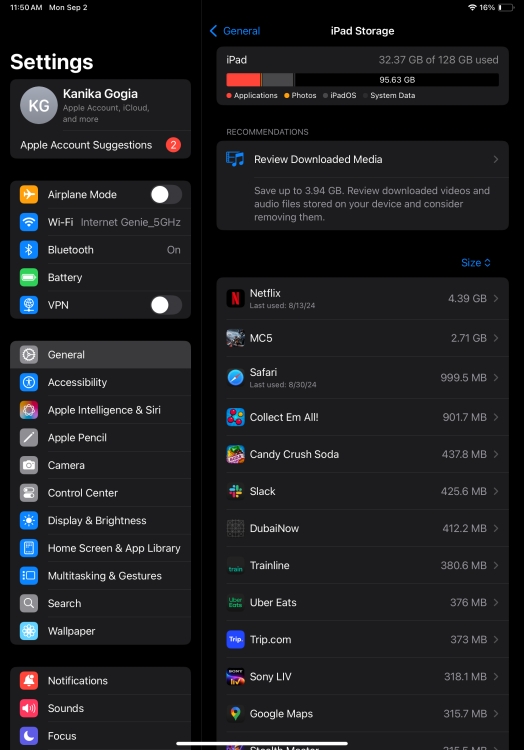
If your iPad is running out of storage, here's what you need to do Free up space on your iPadOS device. For this you can offload or delete unwanted apps, delete unnecessary photos or videos or clear the browser cache.
You can also connect your iPad to your Mac, open Finder, click your iPad, and then click manage storage.
Method 9: Check for software updates
Running an old or outdated software version can also be another reason why your iPad's screen is not working properly. An outdated version can interfere with iPadOS system functions and also affect overall functionality. Apple regularly releases software updates that address common bugs and glitches, and improve the overall performance of your iPad. Therefore, it is a great idea to install the latest version of software on your Apple device.
Here's how to update your iPad using a Mac or PC:
- Connect your iPad to your Mac or PC.
- On a Mac with macOS Catalina or later, open Finder And Choose your iPad Below Locations Open the section. On an older Mac or PC, open eye Tunes And Click the iPad icon.
- Now, click on check for Update Option.
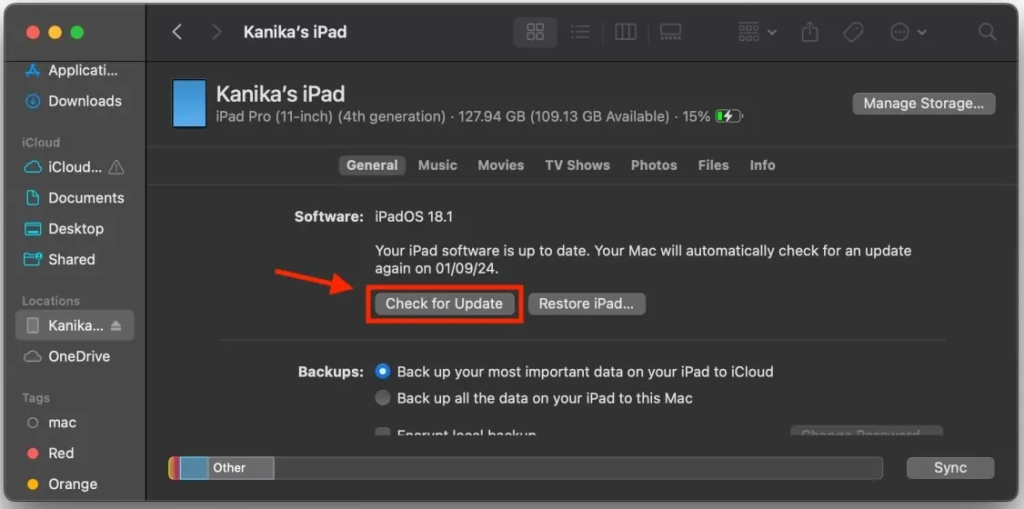
- If there is an update available, you will see an option to click on Download and update,
- Follow the on-screen instructions to update your iPad.
Method 10: Factory reset your iPad
If you haven’t been able to fix your iPad’s unresponsive touchscreen after trying everything, the last resort is to perform a factory reset. This will permanently delete all content, settings, and any stored data. This will fix complex software bugs and glitches, and give the system a fresh start. Since this method will delete all your stored data, we recommend backing up your iPad beforehand.
Here's how to back up and factory reset your iPad using a Mac:
- Connect your iPad to your Mac using a compatible cable.
- Open Finder and Click on your iPad Click under Location in the left side bar.
- Under the Backup section, click on backup now,
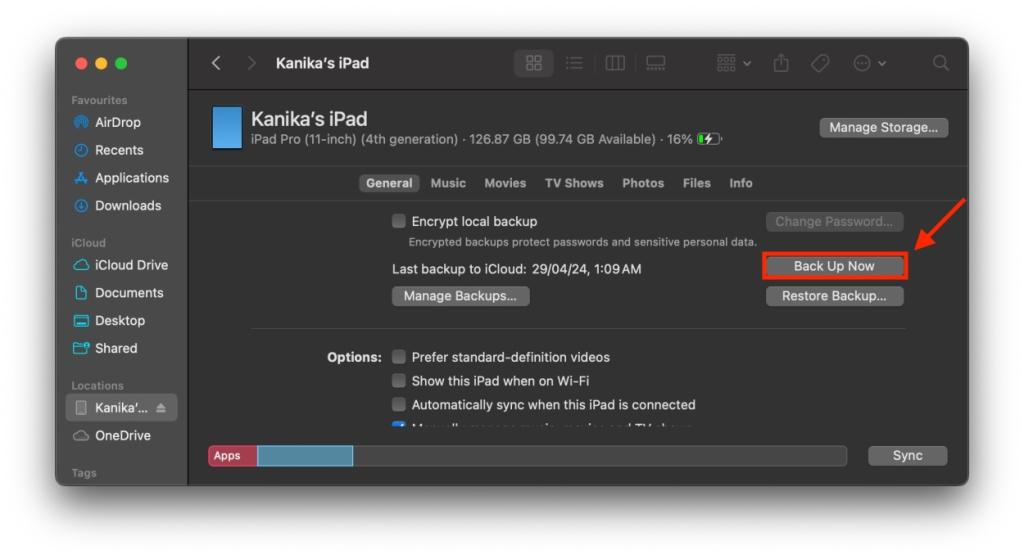
- When the backup is complete, click on Restore iPad Option.

- Again, click on restore Confirm your decision and start the factory reset.
- Once the process is complete, you'll see a welcome screen asking you to set up your iPad.
For full details, you can visit our dedicated guide How to factory reset an iPad.
If nothing works for you, there may be an internal component failure that cannot and should not be fixed by you. In such a case, you should visit the Apple Store and have your iPad diagnosed by a team of experts.
We hope this guide has helped you fix a bad touch screen on your iPad, and everything is working fine for you now. Which trick worked for you? Don't forget to share your experiences in the comments below.
When the touch screen isn't responding, you can force restart your iPad to turn it off and on. On an iPad without a Home button, press and release the volume button closest to the power button.
Then, press and release the volume button farthest from the power button. Finally, press and hold the power button until you see the Apple logo.

